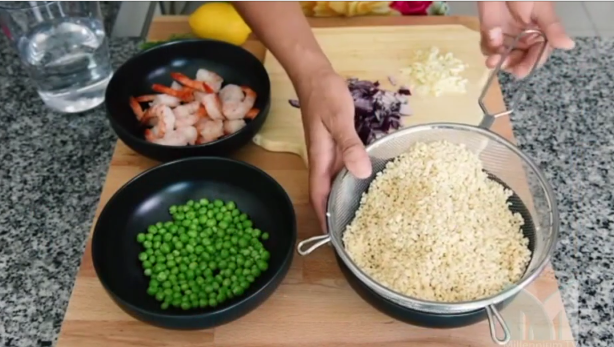Savouring the Past: History of Food
We are what we eat. In this film, Al Jazeera World embark on a culinary journey and dig into the hidden history of four favourite foods – from Andalusia to the Levant. Travelling through Europe, the Middle East and North Africa, we seek out their true origins and discover what they tell us about the cultures that created them. Paella dates back to the Umayyad Caliphate in Spain – from 661 to 750 CE – and derives its name from the Arabic word “ba-iya” meaning “leftovers”. While the rulers enjoyed the finest seafood banquets, the servants took whatever remained, mixed it with rice in a large metal pan and shared it around the town. Zgougou assidat is a 19th-century Tunisian dessert created during a time of famine. Jordan’s national dish Mansaf, meaning “large platter”, has its roots in Bedouin culture. Fattoush is a well-known salad made with toasted Arabic flatbread, tomatoes and radishes, claimed by the Lebanese, Syrians and Palestinians. But its likely origins can be traced to a single family in one place: Zahle in Lebanon’s Bekaa Valley.



































